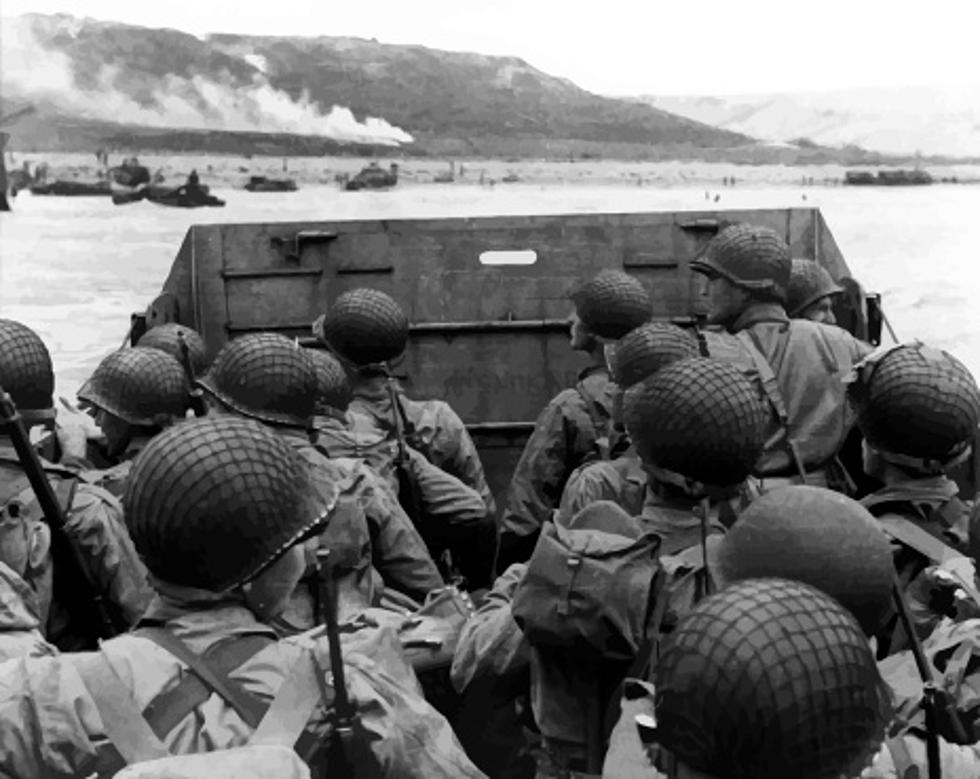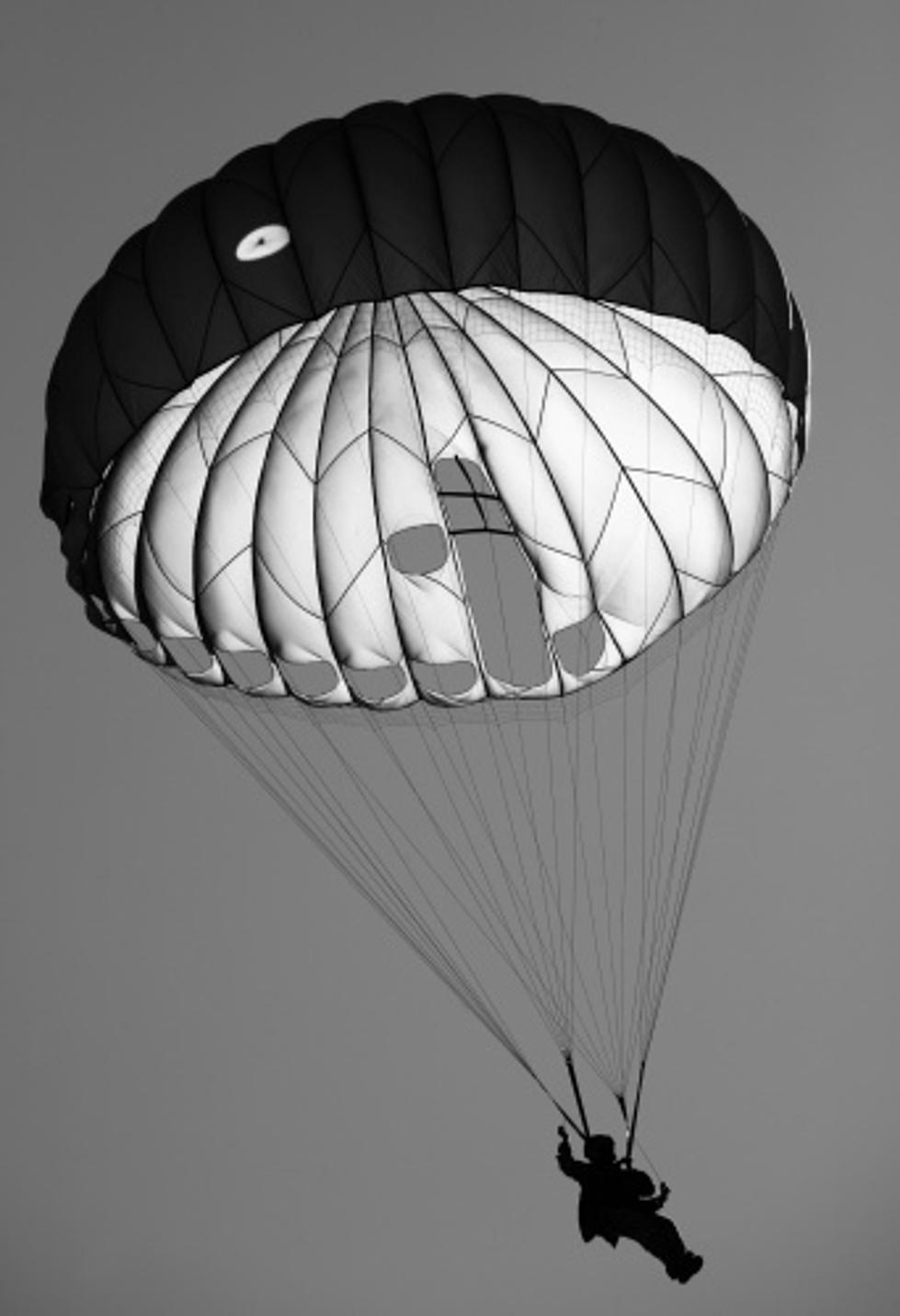
Things You Didn’t Know About D-Day
You're seeing lots of articles and essays in commemoration of the 70th anniversary of the D-Day invasion of Normandy on June 6, 1944. This year, for whatever reason, I've seen a spate of pieces on little-known D-Day facts.
Let's take a look at a few, the first coming from Gizmodo:
- The preparation for the Normandy landings began in August 1943, when the Allies drew up an initial plan for the invasion. The first draft of the plan saw three divisions landing in Normandy with two divisions in support; far less than the 39 Allied divisions which were eventually committed.
- On 6th June 1944, 156,000 Allied troops landed in Normandy. By the end of D +5 (11th June), 326,547 troops, 54,186 vehicles and 104,428 tonnes of supplies had been delivered to the beaches at Normandy, making it the largest single military operation in history.
- Many people refer to 6th June as D-Day, linking it to the Normandy landings, but the term is simply military nomenclature for the day an operation begins. The term allows for the date to change without planners having to change the dates on their paperwork. The day before D-Day was 'D -1' and the day after was 'D +1'. Using a similar naming system, the hour in which the operation takes place is called the 'H-Hour'.
- The overall military operation was called 'Operation Overlord' and the actual landings at Normandy were called 'Operation Neptune'.
- Gustav the homing pigeon brought the first news report from D-Day. The message that was strapped to Gustav's leg read: "We are just twenty miles or so off the beaches. First assault troops landed 0750. Signal says no interference from enemy gunfire on beach...Steaming steadily in formation. Lightnings, Typhoons, Fortresses crossing since 0545. No enemy aircraft seen." Four pigeons (including Gustav) and a dog named Brian received the PDSA Dickin Medal for their service on D-Day.
- Everyone knew an invasion was coming, including the Germans, but what they didn't know was where the Allies would strike. In an attempt to deceive the Germans into thinking the invasion would be at Calais, a phantom army of camps, vehicles and planes was constructed in Kent and Essex. This was reinforced by double agent, Garbo, providing the Germans with misinformation about the invasion.
- Group Captain James Stagg was appointed chief meteorological adviser to US General Eisenhower. He headed a committee who forecast the weather in the English Channel during the run up to D-Day. Due to bad weather, Stagg persuaded Eisenhower to delay the invasion; a decision which saved thousands of lives. But for once the Great British weather benefitted us: it left the Germans unprepared, thinking no attack was coming.
Here are a few more from The Mirror:
- Operation Overlord look 288 days to plan and lasted 85 days. The Germans were so convinced that Normandy was only a feint that it took seven weeks for Hitler to finally release reinforcements. By that time the Allies had poured at least 900,000 men into the Normandy battlezone.
- The Allies suffered an estimated 10,000 casualites during the D-Day landings, including 2,500 dead. Some 2,700 soldiers from the UK were killed, wounded, went missing or were captured, along with 6,603 US soldiers and 1,074 Canadians.
- The number of casualties was actually less than high command expected. Generals thought a successful landing would cost 10,000 dead and 30,000 wounded – 30,000 stretchers and 60,000 blankets were issued.
And, as long as we're covering little known facts, here are some about WWII in general:
More From WROK 1440 AM / 96.1 FM









